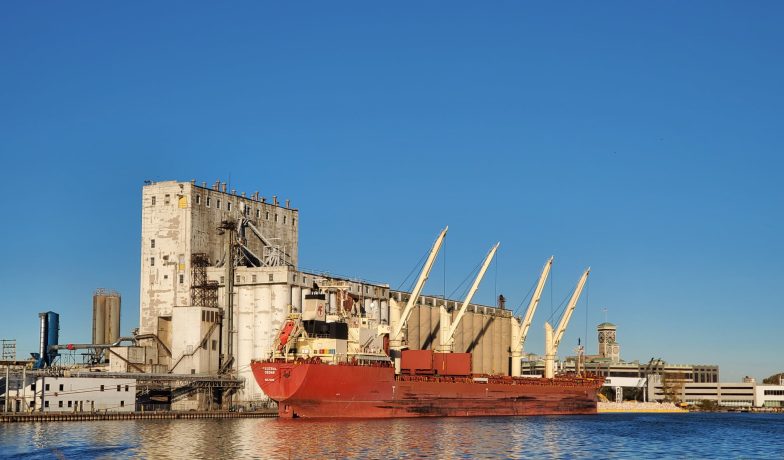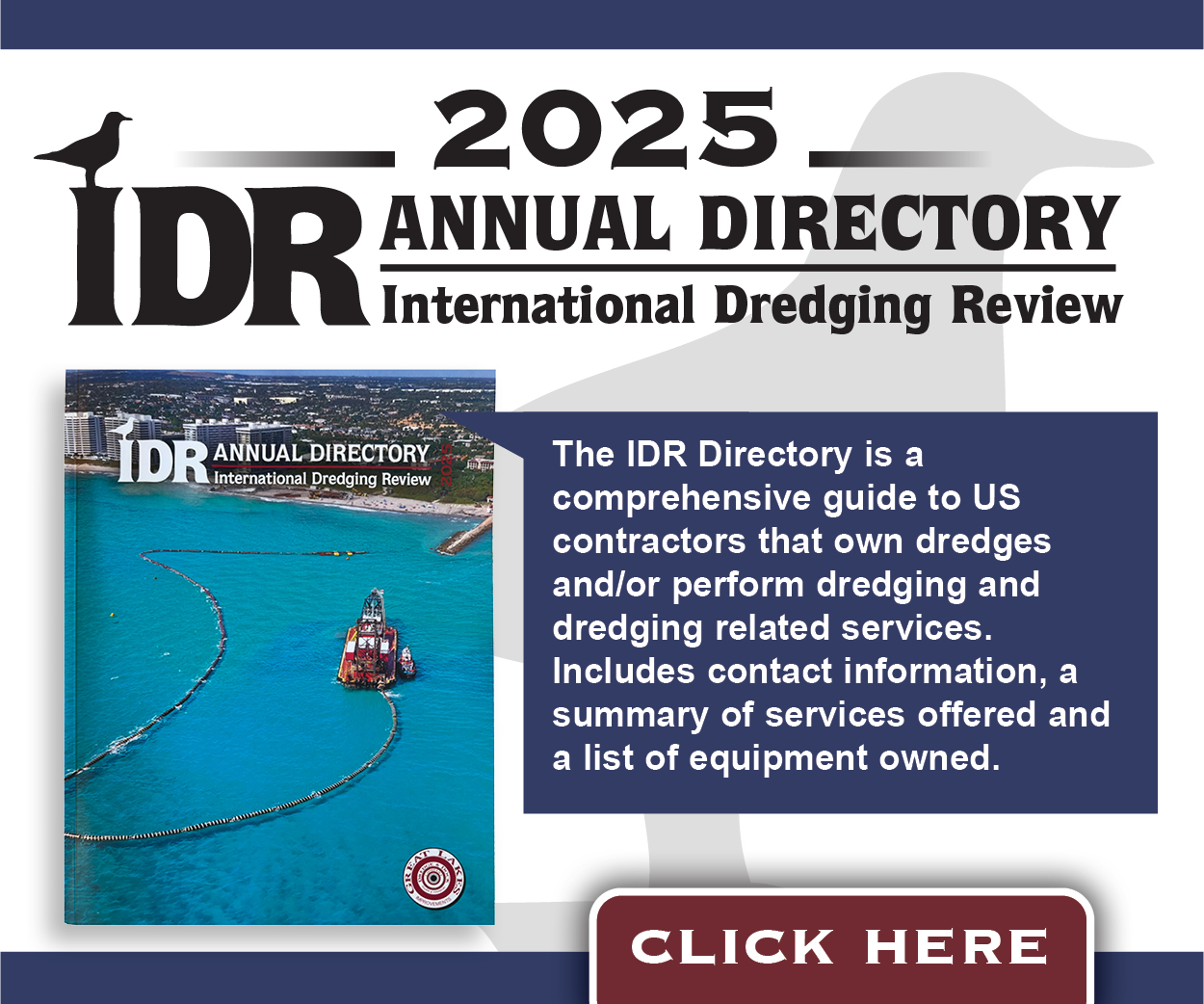Shore Power Challenges for Carriers and Ports on the Great Lakes-St. Lawrence Seaway
Looking Back
Historically called cold ironing, shore power was used for small vessels and navy ships. The first roll-out for large commercial vessels occurred in 2008 with the California At-Berth regulation. During this period, the IEC, IEEE and ISO developed the first international standard for shore power connections (IEC/IEEE/ISO 80005-1) for container and cruise ships, leading to steady growth in shore power usage.
The standard enables all ships visiting a compliant berth to connect to the grid without needing different plugs and complex additional equipment. Like the electric vehicle (EV) industry, standardized connections prevent issues with different plugs, making it a game-changer for the shipping industry. Also, the standardized connection reduces complexity, connection time and the risk of stranded assets, as the IEC/IEEE/ISO 80005-1 is now cited in IMO guidelines and other regulations.
On the Great Lakes-St. Lawrence Seaway System, shore power has not yet been used on a large scale for commercial applications apart from the Montreal cruise terminal. While numerous bulk carriers and tankers use a hardwired electrical connection while laid up during winter, this type of connection is not suited for the wider commercial use of shore power because the capacity of the connection is too small for cargo operations, it takes a long time to connect and disconnect, and it is not standardized.
Shore Power Drivers
Some question why shore power is useful if alternative fuels can also reduce emissions in the future. There are three main shore power drivers:
- Can reduce GHG emissions now
- Energy efficiency
- Reduction of air pollutants in ports
Indeed, all other alternative fuels have one of the following issues: still emitting GHGs and air pollutants, currently not available in sufficient quantities, not having a widely developed bunkering network, or are still at the research and development and testing stage. Shore power is a mature technology, and electricity is now available everywhere to reduce emissions. Also, electricity production on land is easier to deploy and is produced much more efficiently than on board a ship. Even fossil-based electrical power plants are more efficient than a ship’s on-board diesel generators, making shore power reduce ship emissions.
Direct electrification is much more efficient than fuels generated by electricity. If we were to decarbonize ships at berths with methanol, ammonia or hydrogen, it would take us three times the electricity we need to generate these fuels with electricity in the first instance. That would mean three times the wind turbines, three times the solar farms, three times the nuclear plants, etc.
Finally, shore power can reduce air pollutant emissions. As the biggest ports are generally located at the heart of large cities, the air pollutant emissions from diesel engines can directly affect the health of citizens. Hence, states like California fund shore power programs, with benefits from reducing air pollution. Local air emissions are eliminated by stopping any fuel burning in the port.
It Is Coming
As shore power is a low-hanging fruit for shipping decarbonization, many organizations promote it worldwide. By 2027, shore power in California will be extended from ship types other than container ships and cruise ships to tankers, Ro-Ros and reefers. In the EU, the stringent FuelEU regulation will make shore power mandatory for container and cruise ships in all EU ports starting in 2030, and other ship types will follow. Promoting shore power is one of FuelEU’s mandates, with the related Alternative Fuels Infrastructure Regulation (AFIR) aimed at incentivising more widespread use of shore power. Finally, one of the most significant shore power policies has been implemented by China, with a considerable electrification program that enabled the provision of shore power to 80 percent of commercial berths in China. China’s policy targets all domestic bulk carriers greater than 50,000 DWT, tankers, container ships, cruise ships, reefers and Ro-Ros. This policy has resulted in more than 400 vessels receiving shore power retrofits in the last year or so.
Also, the maritime industry sees shore power as an important measure to comply with new measures to reduce emissions, such as the EU ETS and Fuel EU. With future IMO mid-term decarbonization measures under discussion and to be implemented after 2027, there is no doubt that shore power benefits from a critical global momentum and will most likely be implemented as the industry approaches a net-zero future.
How to Prepare
To prepare for shore power, shipowners and ports can start by looking where it makes more sense. The business case of shore power becomes most robust when the costs of air pollution on the health of citizens and the environment are considered in addition to GHG emissions. Luckily for Canada, the cost of electricity is relatively low, which helps the business case. While the industry waits for governmental funding, all shipowners and ports can prepare with the following steps:
Step 1: Shore power potential evaluation
- Emission savings related to shore power study
- Trading patterns and economic study
- Power requirements of ships at berth and related electrical standard
- Consultation of all stakeholders (shipping lines, ports, local communities, etc.)
Step 2: Prepare for future
- Make all new infrastructure/new buildings/retrofit projects shore power ready.
Step 3: Early adopters
- Start to develop shore power expertise with pilot projects.
- Invest first in routes with the highest shore power potential, usually liner routes from the ship side and the busiest berths from the port side.
Step 1 enables us to understand where the organization is going with shore power. Also, studies and information gathering will be required before starting any project or applying for funding. Step 2 is critical as planning for new vessels to be ready for compliance with IEC shore power standards, i.e. making them “shore power ready” is significantly more economical than retrofitting older vessels. The same is true for the port side. Finally, Step 3 enables the acquisition of expertise in shore power design and operations on priority projects where it makes the most sense. Shipowners and ports can look at liner routes for early adopters’ projects as they will have the most chance to get a quick return on investment, reduce risk and reduce the most GHG.
Addressing the Challenges
A shore power project’s most significant technical challenge is choosing a system that will not become a stranded asset. Shore power can become complex in these circumstances because many stakeholders come into play, and many different concepts can be muddled for non-experts, such as the voltage, the frequency, the power, the current, etc.
There is currently an IEC/IEEE/ISO high-voltage standard (80005-1), and a low-voltage standard (80005-3) is in preparation to enable the standardization of low-power shore power connections. However, there is a gray area for ships to which the 80005-1 ship-specific Annex is not yet final, bulk carriers and tankers being examples. Ports must consider shore power and understand the electrical demands of all the ships calling at a particular berth, including those ships’ demands at all other berths at which they call so that an IEC-standard compliant connection is provided on the shore and the ship. Otherwise, a shore power system could be installed at a berth that is unusable by many shore-power-equipped ships calling at that berth.
Pressure should be put on standardization committees, governments and other organizations with authority and influence to ensure clear rules and standards for shore power. Misinterpreting international electrical standards could result in a ship or port being required to install two types of connections, hence the need for unambiguous international standards.
Additionally, some shipping applications might not be suited for shore power even if the ship is at berth. That would include port calls that are too short, usually less than two hours, berths that are too remote to have economical access to electricity and berths with a low utilization rate.
Another significant challenge is to get funding for shore power projects. The Great Lakes-St. Lawrence Seaway is dominated by bulk shipping, which is very different from most renowned ports with big container ship and cruise ship traffic. Therefore, the Canadian and U.S. governments should take leadership to ensure shore power receives proper funding for these ship types.
In retrospect, shore power is implemented in the EU, California and China, and it will only be a matter of time before it expands to the Great Lakes and St. Lawrence River. To diminish costs and reduce emissions quickly, ports and shipowners must ensure they collaborate to build the proper infrastructure and are supported by governmental leadership and funding.
In Conclusion
Shore power technology is a mature and efficient solution to reduce emissions and air pollutants in ports. It has gained worldwide momentum due to its quick ability to reduce emissions and the recent Fuel EU policy. While there are challenges in choosing the right system and getting funding for shore power projects, shipowners and ports must prepare for the future by evaluating shore power potential, making new infrastructure shore power ready and investing in pilot projects compliant with international standards. With the proper infrastructure and support from governmental leadership and funding, shore power can significantly reduce emissions and improve port air quality.
Hugo Daniel is a Ph.D. student in electrical engineering at the University of Sherbrooke and is supported by Fednav, IEC member of the shore power standardization committee.
João Pedro F. Trovão is a professor in electrical engineering and Canada Research Chair at the University of Sherbrooke.
David Williams is senior manager, Technical Services at Fednav Limited.

Sea Lamprey Control Initiative Enters Five-year Implementation Phase
The Supplemental Sea Lamprey Control Initiative (SUPCON) has entered a new, five-year implementation phase following several years of successful proof-of-concept research. Funded by the Great Lakes Fishery Commission, SUPCON expands... Read More

Alliance for the Great Lakes Addresses the Impact of Data Centers
The Alliance for the Great Lakes (AGL), a nonpartisan, nonprofit organization that works to protect, conserve and restore the Great Lakes, is investigating the impact of data centers and agricultural... Read More



